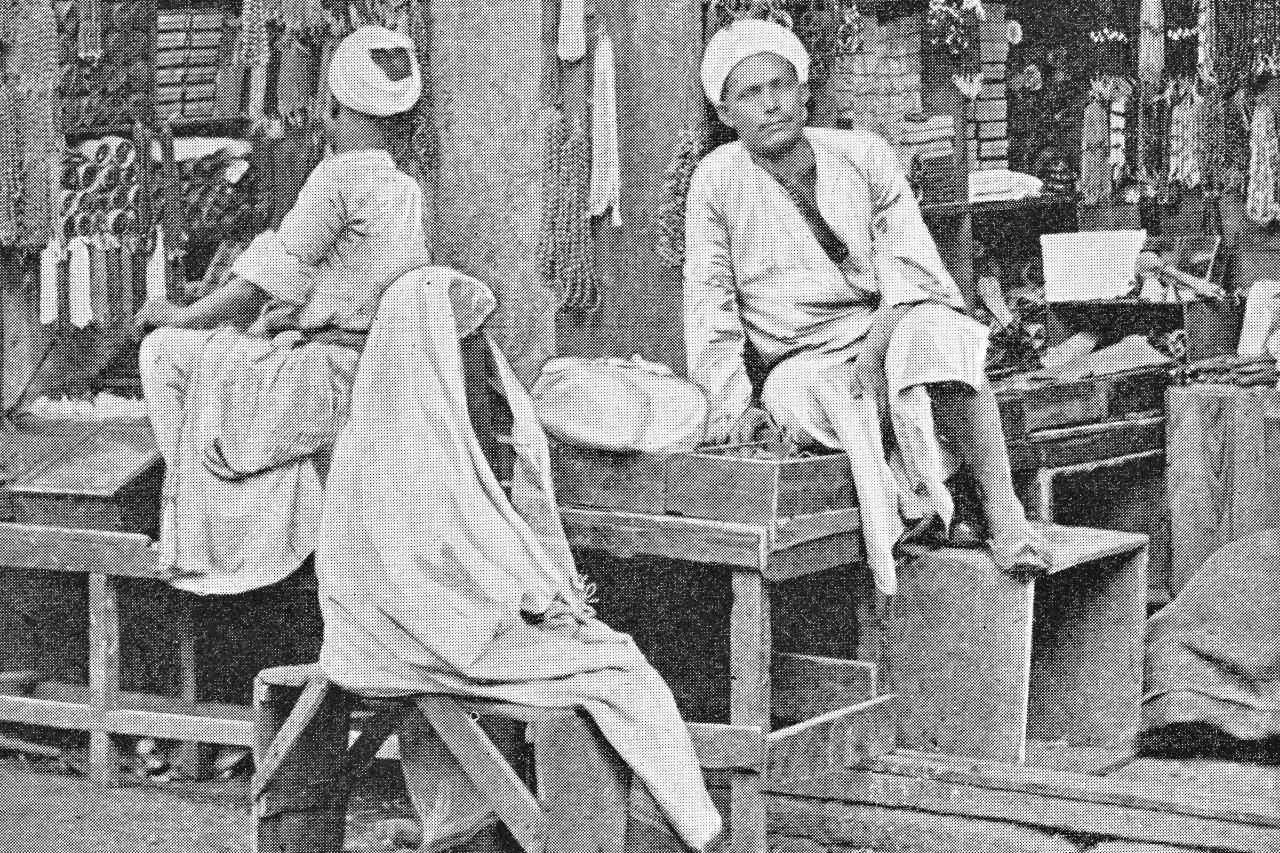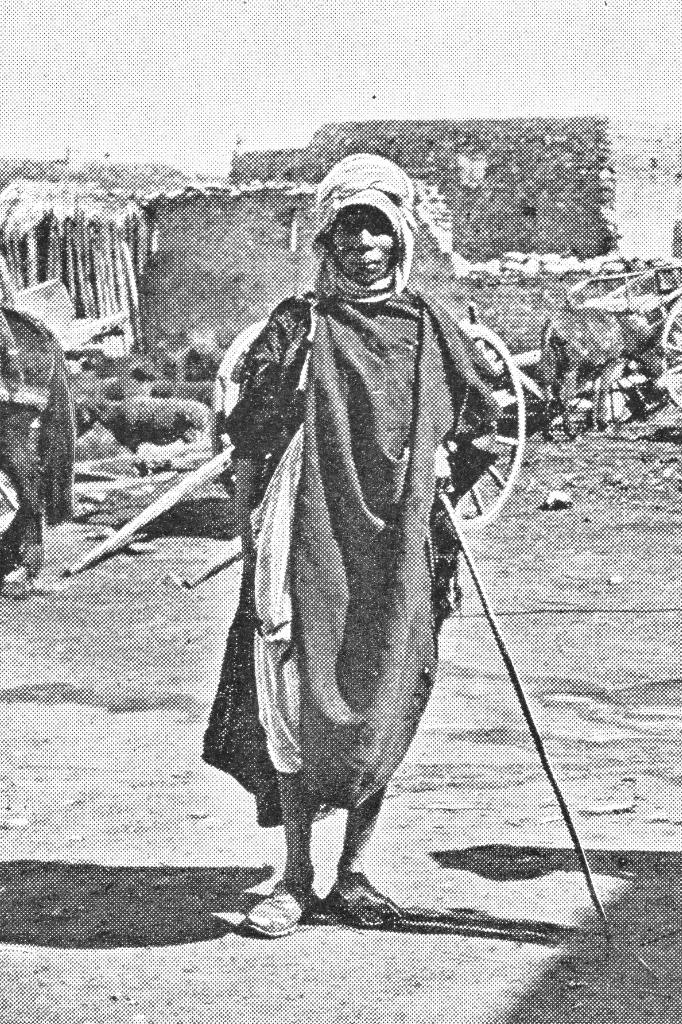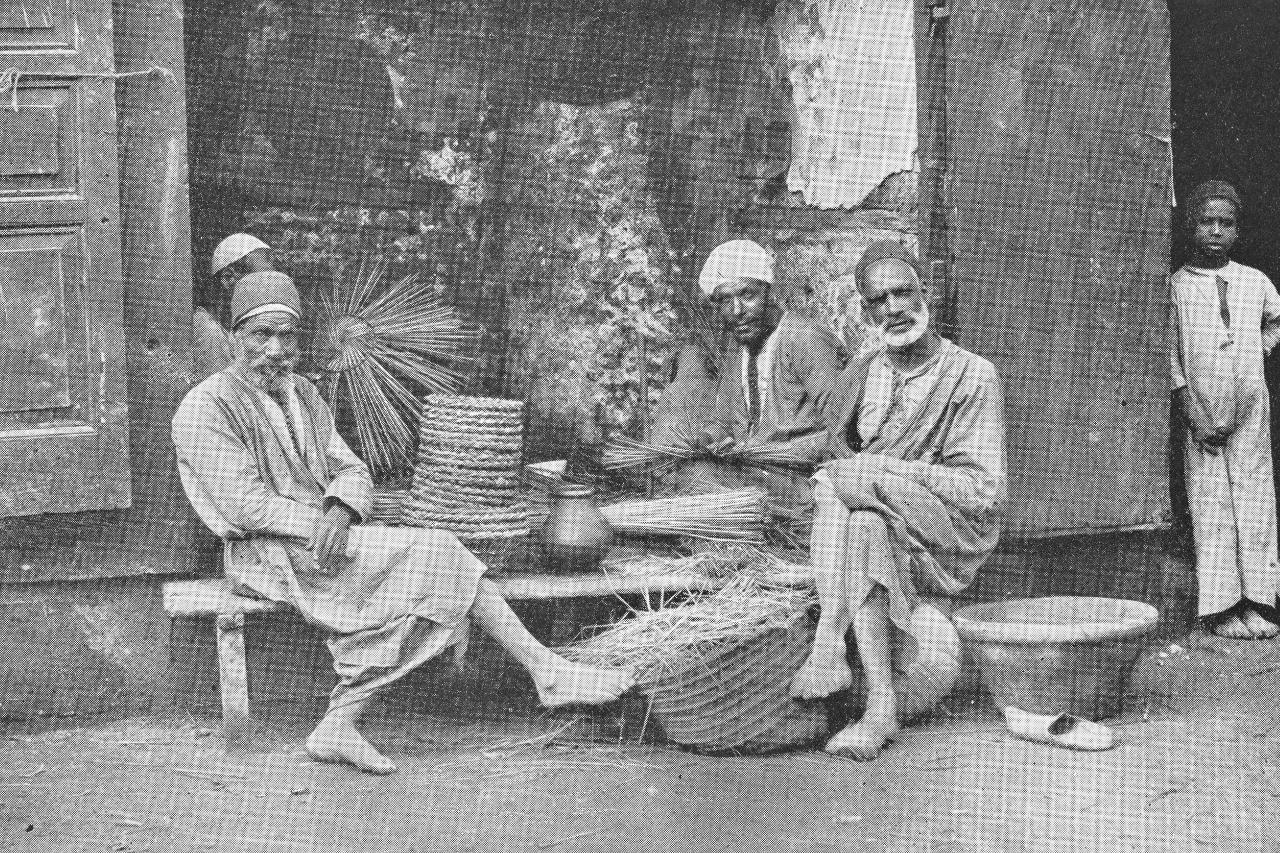Ottoman Empire Slavery: Men, Women and Children Slaves
Ottoman empire slavery was a legal and rampant practice in the empire, and it has been one of the biggest concerns of the civilized world.
Since ancient times, people in powerful positions have always misused their power and put pressure on less fortunate people.
Each progressive empire has been through the slave trade and the Ottomans were no exception.
Continue reading to learn everything about the slave trade and the gruesome Ottoman empire labor system.
Ottoman Slavery
Slavery everywhere in the world is a serious subject because of how the slaves and their families were treated by the people of the upper class. In modern times, the world openly condemns the practice, but in older times, keeping slaves was a symbol of the rich and powerful. The Ottoman Empire started from humble beginnings but soon gave in to the norms of the world of the time.
Ottoman slave trade was a legal and common practice in the empire. Specific laws and taxes were implemented for the masters and the slave trade.
From here we can comprehend how deeply rooted the system of slavery in the Ottoman empire is. The most famous categories in the slave trade were the prisoners of war, orphaned children, widowed women and also disabled people.
Ottoman Slavery and Islam
The Ottomans were founded on the basis of their religion Islam. The earlier Turks were very religious and lived their lives according to the ways of Islam. They were humble and caring towards one another. The concept of being rich did not appease them as they had a bigger concern on their hands, the spread of Islam.
As the Ottomans grew in power and consumed much more land than they were capable of, many of them derailed from the true path of their religion. Islam condemns the concept of slavery to the point where it is brutal and insensitive to the slave, but the Ottomans, like most of the slave owners and traders of the world, became sadistic and inhumane when it came to their slaves.
In the earliest days of Islam, slavery was at its peak. The Arabs enslaved people of color and it ran in their generations. Since then, religion has opposed oppression on the basis of race and also slavery. The Ottomans took pride in their religion and being religious, but when it came to slavery, they turned a blind eye.
Ottoman Slavery Markets
The land of the Ottomans is in a very significant position in the world as it joins the east to the west. So when it rose to power, trade and tourism reached their peak.
People from all over the world came to the area for the arts and culture. Consequently, the merchants and the traders came to make profits, and among such merchants were slave traders whose sole selling product was people.
The streets of the empire were filled with markets of all kinds, so a market of slaves was not something new to the area. The most heart-wrenching truth from these markets was that these markets were filled with children for sale. Children that had been given up by their parents, were orphaned, or simply stolen from their families.
The markets flourished because of human trafficking. Men, women and children were trafficked from various countries and sold in another. Each man was priced on the basis of their strength while the women were priced on the basis of their appearance and the status of their virginity. The Ottoman slave market was surely a horrifying affair.
Ottoman Empire Labor System
The labor system in the Ottoman empire and slavery was the same as in the rest of the world where slaves were used for all sorts of work. They did everything from household chores to architectural work, shops, farming and literally all kinds of work one could think of.
In many instances, slave women were kept for breastfeeding purposes. One cannot fathom the atrocities the slaves were put through.
The labor system in the Ottoman empire was different for men and women. The women were mostly kept inside in the households whereas the men became a part of the working force.
Another aspect of the labor system was that the slave laborers worked unpaid. They were given a place to sleep and basic meals just to sustain themselves.
Slavery was also a choice of profession for some people. It was their personal choice like how one opts to be a farmer or Turkish military slaves. The reason behind this choice must have been a painful one.
Types of Slaves in the Ottoman Empire
The Ottoman Empire was a vast system of Kings, their families, their courts and so on. The hierarchy was endless and so was the demand for slaves. From the start of the Ottoman empire in the 13th century, the slaves were of different types and origins.
In this section, we’ll go through all the different types of slaves that were brought into the Ottoman Empire:
Barbary Slaves
Barbary slaves were a group of European slaves that were traded in the Ottoman Empire. These slaves were captured in Europe by the Barbary pirates who were originally also Turkish. The slaves were brought in through sea routes and were sold in the markets. They were mostly underaged boys and men.
Zanj Slaves
Zanj was a collective term used for the areas of Southeastern Africa and its Bantu-speaking natives. One of the conditions for appointing a Zanj slave in the royal palace was that the slave had to be a eunuch. The real reason for this condition is still unknown, but it was thoroughly followed so the royal palaces were filled with African eunuchs who were also allowed to go in the Harem, a place where the female royalties resided.
Imperial Harem Slaves
The Harem was a secluded area where every female of the royal house lived. The harem was a collection of many chambers where only women were allowed.
The Sultan married many times, so he had a number of wives. There was also the Valide Sultan, also known as the mother of the Sultan, his sisters, his aunts, and any female relations he had.
All of these women had their personal court of slaves and maids. In the literature, very little is written about the harems because they were kept very private. However, it is confirmed that the slave system was very popular and thriving inside the Harem and also the courts of the Sultans.
History
To fully understand the concept and practice of slavery in the Ottoman Empire, let us look at how the practice started in the first place.
Slavery in Ancient Times
The act of slavery is a despicable truth that our earliest ancestors practiced. The main reason for this was sinister and also sometimes necessary. In the world, slavery has been seen from the most ancient times, and people followed in their footsteps. The roots of slavery ran in the families as deep as their own names.
Slaves were mostly the poor people of the society who were unable to get out of the vicious circle. Some of the slaves were orphaned children and widowed women who were unable to fend for themselves.
The babies born to slaves were already destined to work for their masters until the day they die. You can find numerous accounts of slavery and prejudice against people of color and their families in lots of literature from the past.
In ancient times, when people were beginning to get a hold of civilization, they never thought of abolishing slavery. The reason for this was that they so deeply believed that some people are bound to be treated harshly and they are supposed to be kept under the feet of others. On rare occasions, the relation between the slave and his master was wholesome, but then again, this almost never happened.
Ottoman Empire
The Ottoman Empire came into being in the 13th century. The empire started with a couple of tribes of Seljuks who were united under the banner of Islam by Osman I. The tribes grew in size and became one of the world’s biggest empires. They overtook the world trading route, otherwise known as The Silk Road, and soon became wealthy.
The empire of the Ottomans grew exponentially. Their tents became stone houses and the people who once wore rags started wearing decorated clothing. It was like they had won the lottery, but the leaders worked hard. Their fighters and warriors were exceptionally strong and good at what they did, and they also incorporated the art of calligraphy, painting and architecture into their culture.
They expanded their lands and built walls around it. What started as a cause of spreading their religion across the world became a cliche of dynasty and land wars. To cope up with the world, the Ottomans started the practice of slave-keeping for who was going to take care of the rooms inside their palaces or the many children that they bore?
Slavery in the World Today
According to an important survey, around 21 to 45 million people are still trapped in some form of modern slavery today. Even in the 21st century, some people have the audacity to take away other people’s freedoms and rights to live freely.
Some of the types of modern slavery are Sex Trafficking, Child Sex Trafficking, Forced Labor, Bonded Labor or Debt Bondage, Domestic Servitude, Forced Child Labor and Unlawful Recruitment and Use of Child Soldiers. Many NGOs around the world are fighting hard to demolish these practices, but it is quite hard because the people behind these barbaric acts are powerful and, above all, very rich.
Even though the Ottoman Empire fell in the 19th century, it surely left some of its slave practices in the world. Today the Turkish government is fighting hard to rid their country of such practices and advocate for human rights.
Conclusion
Slavery in the Ottoman Empire was a gruesome act.
Ottoman Empire slavery started when the empire grew in power.
The slaves were imported mostly from European and African countries.
The slave merchants sold the slaves in open markets.
The Ottoman slave trade was a legal trade in the Ottoman empire.
The price of the slaves depended upon their strength for men and their beauty and virginity for women.
To think that it was legal to keep slaves and treat them as animals in the 14th century is a scary notion for mankind. Nevertheless, the abolishment of such practices in Turkey is a great success, but the world still needs to unite and put an end to modern-day slavery.












